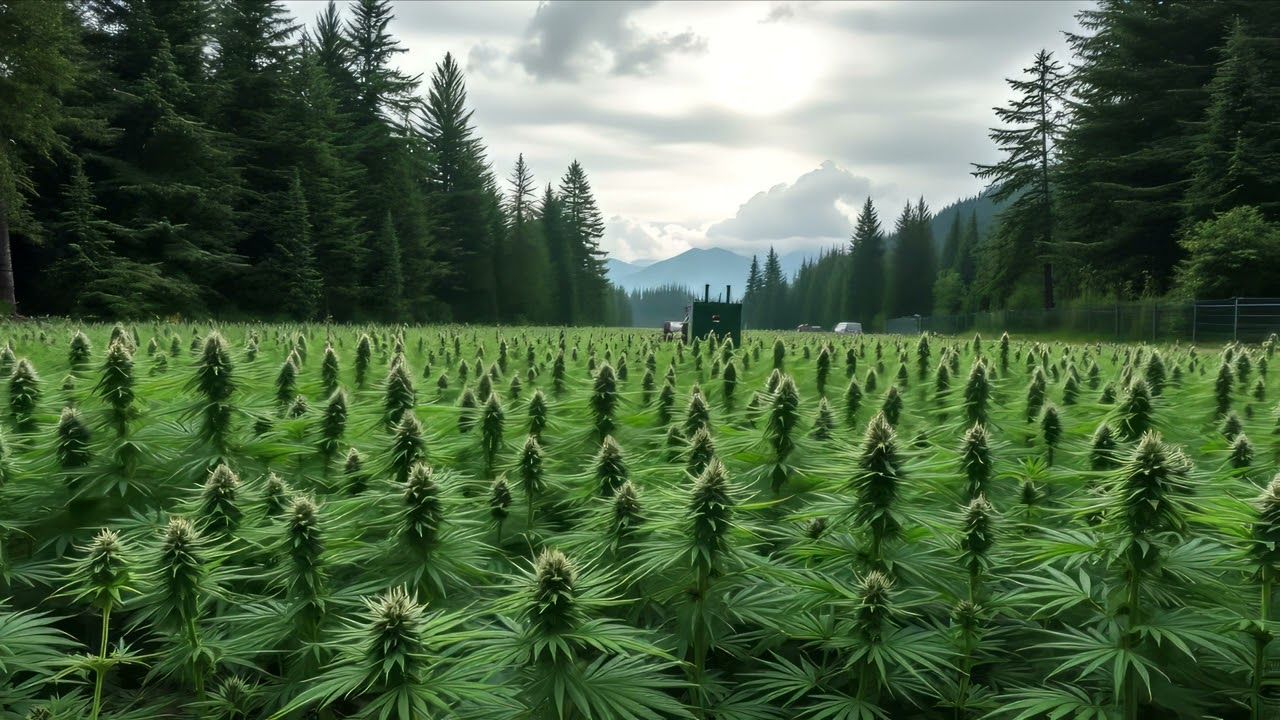Starting Cannabis Seeds Outside
| thcscout | Seeds | No Comments on Starting Cannabis Seeds Outside
Share
- No bookmark found
Choosing the Right Seeds and Location
Planting cannabis outdoors starts with selecting the right seeds and finding the best location for cultivation. The success of your grow largely depends on these initial choices, as they influence plant health, yield, and overall quality.
Choosing the Right Seeds
Selecting the appropriate cannabis seeds is crucial, as different strains have varying growth requirements and adaptability to outdoor environments.
Photoperiod vs. Autoflowering Strains
Photoperiod Strains: Require specific light cycles to flower, making them ideal for growers who can manage seasonal changes.
Autoflowering Strains: Grow independently of light cycles and have a faster life cycle, making them great for beginners and shorter growing seasons.
Climate Considerations
Warm Climates: Sativa-dominant strains thrive in hotter, humid conditions.
Cooler Climates: Indica-dominant strains are more resilient in lower temperatures.
Short Growing Seasons: Autoflowering or fast-flowering strains are better suited for areas with early frosts.
Feminized vs. Regular Seeds
Feminized Seeds: Guaranteed to produce only female plants, maximizing bud production.
Regular Seeds: A mix of male and female plants, requiring sexing to remove males and prevent pollination.
Finding the Ideal Location
Outdoor cannabis plants need an optimal environment to thrive. Here are key factors to consider:
Sunlight Exposure
Cannabis plants need at least 6-8 hours of direct sunlight daily for healthy growth.
A south-facing spot (in the Northern Hemisphere) ensures maximum sun exposure.
Soil Quality
The best soil is nutrient-rich, well-draining, and slightly acidic (pH 6.0-7.0).
Sandy loam with added organic compost provides optimal conditions.
Water Access and Drainage
Ensure the location has easy access to water for consistent hydration.
Avoid areas prone to flooding, as waterlogged soil can cause root rot.
Wind and Weather Protection
Strong winds can damage young plants—consider natural windbreaks like shrubs or fences.
If your area experiences heavy rain, slightly elevated planting beds prevent over-saturation.
Security and Privacy
Cannabis should be protected from theft, animals, and unwanted attention.
Use natural camouflage, such as planting near other tall vegetation, and secure fencing if necessary.
By carefully choosing the right seeds and location, growers set the foundation for a successful and abundant outdoor cannabis harvest.












